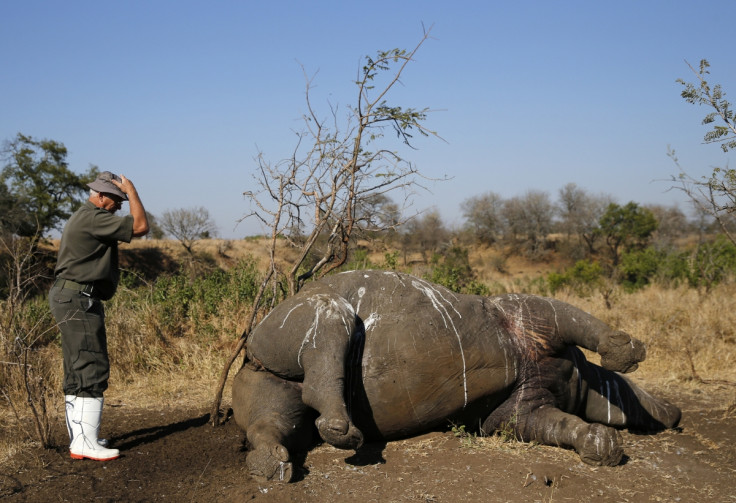South Africa drought will kill animals in Kruger National Park - here's why it's a good thing

South Africa's current drought is the worst the country has faced in 30 years. A mixture of climate change and the El Niño effect has created weird weather patterns all over the world. In some parts of Africa, the summer rainy season came and went with little rainfall; across the Atlantic there have been far fewer hurricanes.
Across South Africa, farmers are struggling to find enough water to grow crops; many are having to sell livestock that they can't feed. Food prices are expected to rise and people are being asked to use water sparingly.
In the country's celebrated national parks, where tourists drive through to see the great beasts of African wildlife, the water shortage is set to hit hard. It's not unlikely that visitors will see some emaciated, dying and dead animals. What are parks like Kruger planning to do to help these animals? It might sound cruel, but very little.
As a spokesman for South Africa's National Parks told IBTimes UK any measures brought would be "not to protect any species but to support the ecosystem". What this means is that a lot of animals could potentially die – but that that can be a great thing for the entire ecosystem. Droughts come cyclically in South Africa and they have an important place in the natural cycle.
As harshly Darwinistic as it sounds, the weaker members of the species are a lot less likely to survive and that leaves the stronger to carry on a healthier species. "There is a pecking order in the ecosystem, and it is definitely good for the ecosystem in getting rid of excess animals and keeping the system healthy," a spokesman told the South African Broadcasting Corporation (SABC).

The strongest animals survive
"Usually only the strongest animals survive such droughts ensuring that the gene pools are healthy. In terms of ensuring that excess animals are rid of, the system actually does that, so the drought is beneficial there," the spokesman added.
Foraging and grazing animals are expected to be the worst hit - not because of a lack of water but because the vegetation they rely on won't be able to grow. The last big drought that Kruger saw was in 1991, during which a number of species saw populations decline – buffalo in particular saw a sharp decrease.
A big difference now, compared to previous droughts, is that Kruger has been systematically destroying artificial watering holes over the last decade that previously would have helped more animals get access to water.
These watering holes were destroyed to keep up the natural cycle of grazing. Stream and tributaries that animals drink at sometimes dry up, when they do the animals move on to different water sources and it helps keep the grazing areas varied, so not one single place is over eaten.
The artificial watering holes act as an "alien organism", Dr Stefanie Freitag-Ronaldson told SABC's 50/50 programme. The holes draw in animals that wouldn't normally live in those areas and upset the natural ecosystem.
Kruger won't simply let animals die of thirst – the park authorities will make sure that places that are naturally wetter don't dry up completely and that animals in those areas have some access to water, but their focus will be on keeping a healthy ecosystem – and sometimes, sad as it can be to watch, that means letting weaker animals die.
© Copyright IBTimes 2025. All rights reserved.






















